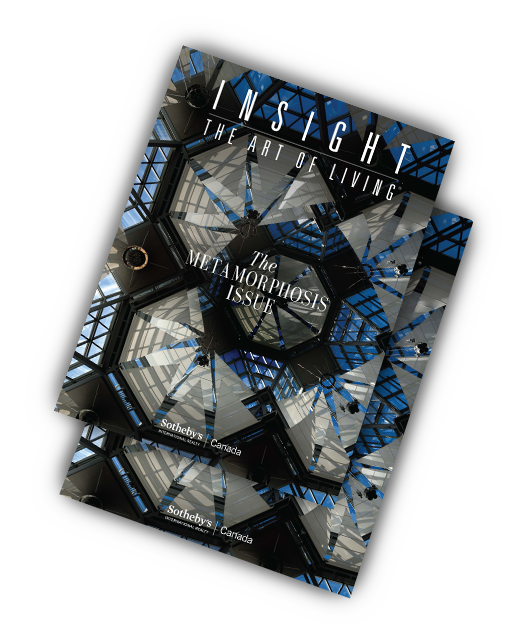Everyone’s first donation typically starts off the same way — writing a cheque. That’s common, says Michael Alberg-Seberich, managing director of Beyond Philanthropy, a Berlin-based consultancy. Over time, however, their approach to philanthropy changes. “They often want to become a lot more engaged.”
His clients often begin with ad hoc giving and then choose a more planned approach. For example, Alberg-Seberich is working with a family who, after donating money to orphanages in Haiti, visited the country. Now they want to improve the local health-care system itself. “The act of giving turns into a cascade of experiences, making people more engaged,” he says.
Writing cheques before the current tax year ends is how some Canadians give, but this only goes so far, according to Richard McIntyre, Dundee Corporation’s executive vice-president. “It’s a way to donate if you’re looking for quick and easy tax deductions and [you] have the money,” he says. But it can leave you feeling unfulfilled because you don’t know your impact.
Philanthropists who are more seasoned create a charitable giving plan, detailing everything, from donation targets and timing to how they want to donate. Such a plan, says McIntyre, forces people to think about the causes that are important to them and to give gifts with greater impact.
The place to start is determining where to give. Most philanthropists tend to support organizations they have a connection with, says Keith Thomson, a member of the board of directors at the Canadian Association of Gift Planners (CAGP). Thomson recommends listing two or three main charities that will receive the bulk of your dollars. Which brings you to step 2: Figure out how much you can give.
Thomson has seen donors stretch themselves too thin by giving too much at one time. Instead, make philanthropy part of your annual expenses. “Many donors need to think about how it will impact their lifestyle down the road,” says Thomson. “A plan can help determine if a gift can be given once or over several years.”
Many donors prefer their gifts to be given in perpetuity and one popular way to do this is via a donor-advised fund (DAF) or a foundation.
There are other advantages as well, notes Thomson. “When someone creates a DAF or foundation, the money donated will be tax-deductible. The dollars then get invested where the principal can grow. It’s the interest or dividends on those dollars that get paid out to the charities of choice.”
The difference between a DAF and a foundation comes down to cost and control. A DAF is often run by another organization; a foundation is overseen by the philanthropist. “A [DAF] is a simpler and less expensive option, but you don’t have the same level of control over the process,” says McIntyre. “A private foundation allows you complete control, but [it] is more complex to operate and typically has higher operating costs.”
But whichever option you choose, create a plan and give wisely.
“Think about, what am I doing here and what are they doing with the money?” says Alberg-Seberich. “It’s about having a focus.”
By Bryan Borzykowski – *This article originally appeared in INSIGHT: The Art of Living | Fall 2017
Photos: Milles studio/Stocksy *Sotheby’s International Realty Affiliates has a global partnership with New Story, a non-profit organization that contributes 100% of donations toward building safe homes and transforming slums into thriving communities. newstorycharity.org.



